Also don't expect to see a photo for every missile hanged on the aircraft over the pyramids
Anything would be better than the current F-16 armament , i expect there is no future to any new US aircraft for EAF .

 Re: Egyptian Air Force (EAF)
Re: Egyptian Air Force (EAF)
 Re: Egyptian Air Force (EAF)
Re: Egyptian Air Force (EAF)
Egypt’s MiG-29M vs. Turkey’s F-16C: Which Fighter Would Prevail in a Clash Over Libya?
As long-standing tensions between Egypt and Turkey worsen over their ongoing support for opposing sides in Libya’s civil war, Cairo has threatened military intervention which could bring it into direct conflict with Turkish forces already deployed on Libyan territory. The Turkish military presence in Libya has seriously undermined the war effort of the Libyan National Army, which is receiving support from Egypt and the United Arab Emirates and has been bolstered on the battlefield by Russian military contractors. Turkey has also deployed a number of Syrian jihadist militant units to the Libyan front, after these units received training and support in their attempt to overthrow the Syrian government over the last decade, and their campaign in Libya has been backed by Turkish officers and drone units which have taken a heavy toll on the national army.
With reports that Turkey could deploy F-16C fighter jets to support its war effort in Libya, an Egyptian intervention would likely require the Egyptian Air Force to tackle this threat. The vast majority of Egypt’s fighter fleet is effectively obsolete for high intensity air to air combat, and while it is itself one of the world’s largest operators of the F-16C Egypt has not been provided with access to AIM-120 active radar guided missiles forcing them to rely on obsolete AIM-7 missiles from the 1980s. Turkey’s F-16s, too, use dated missile designs from the 1990s - the AIM-120B. These are considerably superior than the AIM-7 deployed by Egypt and benefit from active rather than semi-active radar guidance, but their electronic warfare countermeasures are limited and their range is restricted to just 75km. The majority of F-16 users today such as Pakistan, Morocco and South Korea deploy the AIM-120C which is considerably more capable with a range exceeding 100km.
While Egypt’s F-16s are poorly suited to engaging Turkish fighters, its most capable aircraft for air to air combat, the MiG-29M, is more likely to be used. Following the overthrow of Egypt’s western aligned islamist government in 2013 the coutnry notably moved to enhanced its Air Force with new fighter classes, most notably the MiG-29M, small numbers of the French Rafale and more recently the Su-35 heavyweight air superiority platform which has yet to be delivered. Egypt’s Rafale jets have yet to be equipped with modern long range air to air missiles, making the MiG-29M the most suitable fighter to engage the Turkish Air Force. When comparing the fighter’s air to air engagement range with that of Turkish F-16s, the Egyptian fighter can engage at up to 130km with the R-27ER missile and up to 110km with the R-77 missile. Both of these are much newer and carry heavier warheads than the F-16’s AIM-120B and have much longer ranges.
Beyond their missile capabilities, the Egyptian fighters hold very significant other advantages. The aircraft can operate at much higher altitudes of around 19km, compared to the F-16’s 15km flight ceiling, and are faster with the ability to reach Mach 2.25 where the F-16 cannot exceed Mach 2. The Egyptian fighters are also a lot more manoeuvrable with a superior thrust/weight ratio, and can accommodate slightly larger radars. Perhaps the most significant advantage Egyptian fighters will have in a clash over Libya its their ability to undermine the Turkish Air Force’s ability to operate in the theatre, deploying advanced standoff missiles capable of striking possible airbases while Turkey’s ability to strike the far more numerous airfields on Egyptian territory will be limited. Turkish fighters will also be forced to rely on aerial refuelling to operate over Libya, which given Egypt’s very large range advantage when looking at its air to air missiles represents a significant vulnerability, as Turkish fighters will struggle to protect their refuelling tankers without long range air to air missiles of their own. Ultimately Egypt can be assured of a qualitative advantage in the air if deploying the MiG-29M, although this could change should Turkey attempt to purchase the AIM-120C missile for its American made fighters in the near future which would reduce the discrepancy favouring MiG-29. The Egyptian advantage is set to grow considerably by the end of 2021 as the country looks to field its first Su-35 squadron, with the fighters coming from a much higher weight range, being much more modern and fielding far superior capabilities to either the F-16 or the MiG-29.
https://militarywatchmagazine.com/article/egypt-s-mig-29m-vs-turkey-s-f-16c-which-fighter-would-prevail-in-a-clash-over-libya
Gomig-21 likes this post
 Re: Egyptian Air Force (EAF)
Re: Egyptian Air Force (EAF)ahmedfire wrote:Egypt’s MiG-29M vs. Turkey’s F-16C: Which Fighter Would Prevail in a Clash Over Libya?
As long-standing tensions between Egypt and Turkey worsen over their ongoing support for opposing sides in Libya’s civil war, Cairo has threatened military intervention which could bring it into direct conflict with Turkish forces already deployed on Libyan territory. The Turkish military presence in Libya has seriously undermined the war effort of the Libyan National Army, which is receiving support from Egypt and the United Arab Emirates and has been bolstered on the battlefield by Russian military contractors. Turkey has also deployed a number of Syrian jihadist militant units to the Libyan front, after these units received training and support in their attempt to overthrow the Syrian government over the last decade, and their campaign in Libya has been backed by Turkish officers and drone units which have taken a heavy toll on the national army.
With reports that Turkey could deploy F-16C fighter jets to support its war effort in Libya, an Egyptian intervention would likely require the Egyptian Air Force to tackle this threat. The vast majority of Egypt’s fighter fleet is effectively obsolete for high intensity air to air combat, and while it is itself one of the world’s largest operators of the F-16C Egypt has not been provided with access to AIM-120 active radar guided missiles forcing them to rely on obsolete AIM-7 missiles from the 1980s. Turkey’s F-16s, too, use dated missile designs from the 1990s - the AIM-120B. These are considerably superior than the AIM-7 deployed by Egypt and benefit from active rather than semi-active radar guidance, but their electronic warfare countermeasures are limited and their range is restricted to just 75km. The majority of F-16 users today such as Pakistan, Morocco and South Korea deploy the AIM-120C which is considerably more capable with a range exceeding 100km.
While Egypt’s F-16s are poorly suited to engaging Turkish fighters, its most capable aircraft for air to air combat, the MiG-29M, is more likely to be used. Following the overthrow of Egypt’s western aligned islamist government in 2013 the coutnry notably moved to enhanced its Air Force with new fighter classes, most notably the MiG-29M, small numbers of the French Rafale and more recently the Su-35 heavyweight air superiority platform which has yet to be delivered. Egypt’s Rafale jets have yet to be equipped with modern long range air to air missiles, making the MiG-29M the most suitable fighter to engage the Turkish Air Force. When comparing the fighter’s air to air engagement range with that of Turkish F-16s, the Egyptian fighter can engage at up to 130km with the R-27ER missile and up to 110km with the R-77 missile. Both of these are much newer and carry heavier warheads than the F-16’s AIM-120B and have much longer ranges.
Beyond their missile capabilities, the Egyptian fighters hold very significant other advantages. The aircraft can operate at much higher altitudes of around 19km, compared to the F-16’s 15km flight ceiling, and are faster with the ability to reach Mach 2.25 where the F-16 cannot exceed Mach 2. The Egyptian fighters are also a lot more manoeuvrable with a superior thrust/weight ratio, and can accommodate slightly larger radars. Perhaps the most significant advantage Egyptian fighters will have in a clash over Libya its their ability to undermine the Turkish Air Force’s ability to operate in the theatre, deploying advanced standoff missiles capable of striking possible airbases while Turkey’s ability to strike the far more numerous airfields on Egyptian territory will be limited. Turkish fighters will also be forced to rely on aerial refuelling to operate over Libya, which given Egypt’s very large range advantage when looking at its air to air missiles represents a significant vulnerability, as Turkish fighters will struggle to protect their refuelling tankers without long range air to air missiles of their own. Ultimately Egypt can be assured of a qualitative advantage in the air if deploying the MiG-29M, although this could change should Turkey attempt to purchase the AIM-120C missile for its American made fighters in the near future which would reduce the discrepancy favouring MiG-29. The Egyptian advantage is set to grow considerably by the end of 2021 as the country looks to field its first Su-35 squadron, with the fighters coming from a much higher weight range, being much more modern and fielding far superior capabilities to either the F-16 or the MiG-29.
https://militarywatchmagazine.com/article/egypt-s-mig-29m-vs-turkey-s-f-16c-which-fighter-would-prevail-in-a-clash-over-libya
I read that when it first came out and I must say that it is a bit of a skewed article because it claims the turks only have the AIM-120B with 80 or 85 km range while the EAF MiG-35 has the RVV-SD with 110 kilometre range and so if it can see it and fire at it first, the edge is clearly in favor of the EAF's MiG-35. The problem is that I think the turks have already upgraded their AIM-120s to the C-7 with has a very long range of 120km+.
So I honestly don't put much stock in that article and would rather spend the time trying to figure out exactly what missile the EAF has on its MiG-35 and if the SIPRI bulletin you posted is accurate with the RVV-AE in it, and if so, then that really sucks and I wouldn't know why they would pick that missile IF the RVV-SD is available!?!?! It's beyond stupid and frustrating. Unless of course, it's like @GarryB mentioned that it's possible it's still not available for export yet, then that would make sense. But they better get the best possible A2A missile with the Su-35s or else we'll be really frustrated beyond belief.
 Re: Egyptian Air Force (EAF)
Re: Egyptian Air Force (EAF)I read that when it first came out and I must say that it is a bit of a skewed article because it claims the turks only have the AIM-120B with 80 or 85 km range while the EAF MiG-35 has the RVV-SD with 110 kilometre range and so if it can see it and fire at it first, the edge is clearly in favor of the EAF's MiG-35. The problem is that I think the turks have already upgraded their AIM-120s to the C-7 with has a very long range of 120km+.
 Re: Egyptian Air Force (EAF)
Re: Egyptian Air Force (EAF)
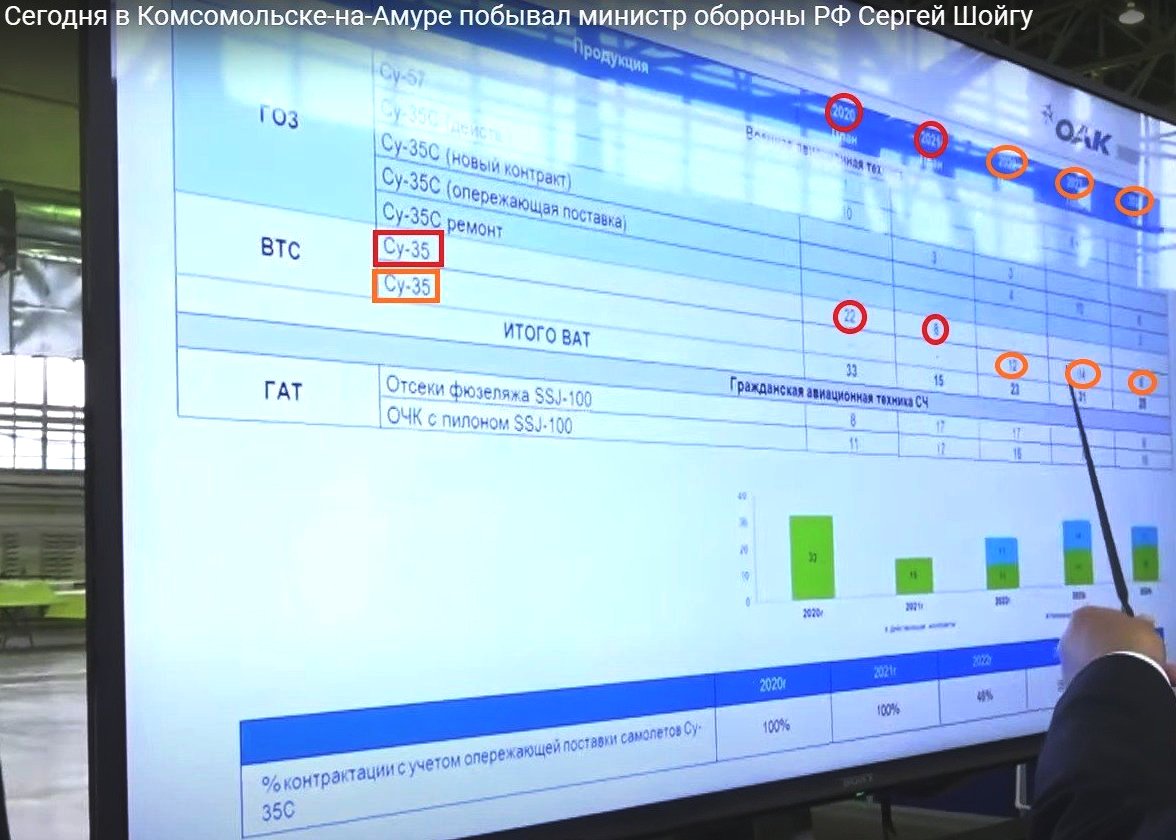
Gomig-21 likes this post
 Re: Egyptian Air Force (EAF)
Re: Egyptian Air Force (EAF)ahmedfire wrote:30 SU-35 to Egypt
 Re: Egyptian Air Force (EAF)
Re: Egyptian Air Force (EAF) Re: Egyptian Air Force (EAF)
Re: Egyptian Air Force (EAF)
In the end, the ones that will suffer the most will be the F-16 fleet and that is where Russian might be able to help by integrating some of the Russian missiles and bombs since those will come to a halt from the US for sure. If the Russians won't do it, we'll have to ask the Chinese to plug in their new substitute system they came out with to integrate their PL series of missiles and bombs.
 Re: Egyptian Air Force (EAF)
Re: Egyptian Air Force (EAF)You need US to gives the source codes of the weapon control software and all the data of the radar. That's not going to happen.
 Re: Egyptian Air Force (EAF)
Re: Egyptian Air Force (EAF)Isos wrote:No you can't integrate russian and chinese missiles on f-16.
You need US to gives the source codes of the weapon control software and all the data of the radar. That's not going to happen.

 Re: Egyptian Air Force (EAF)
Re: Egyptian Air Force (EAF)


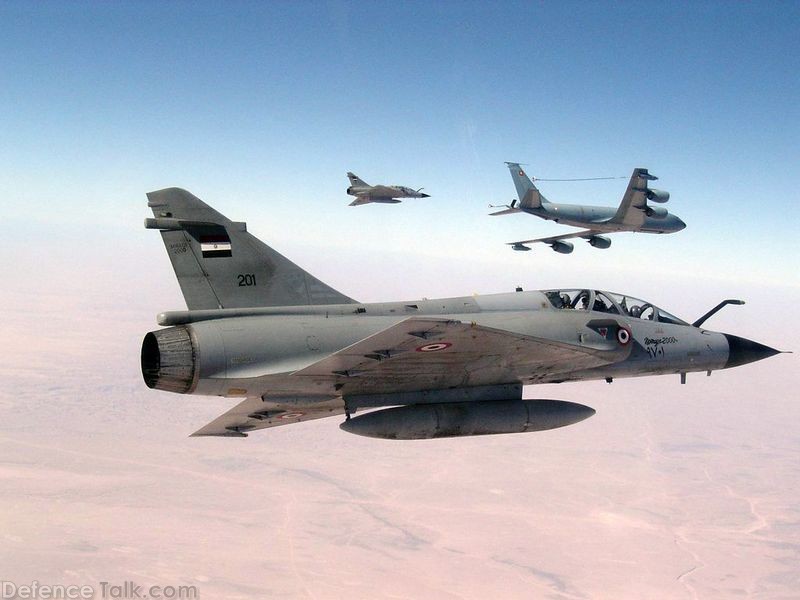

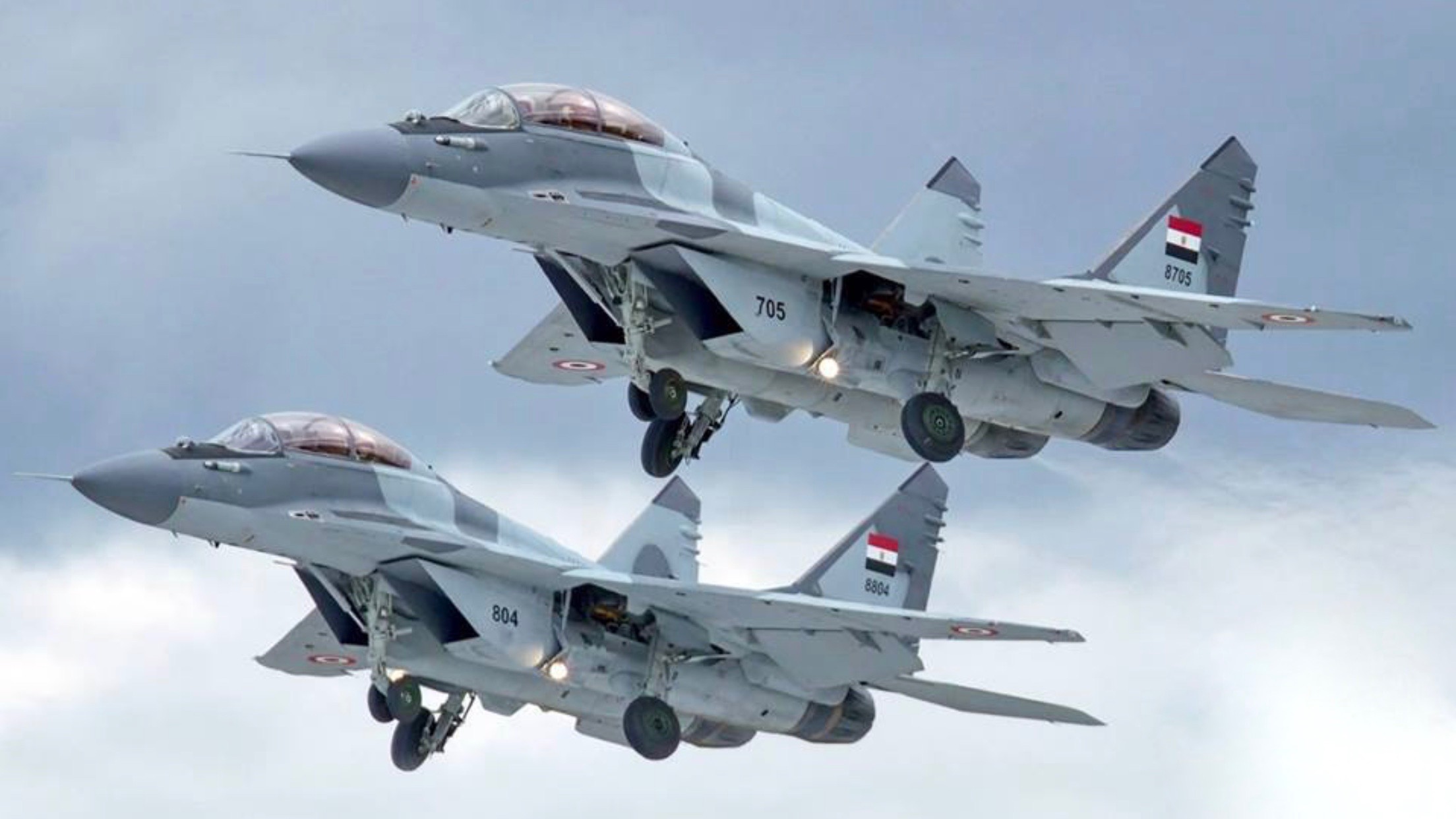
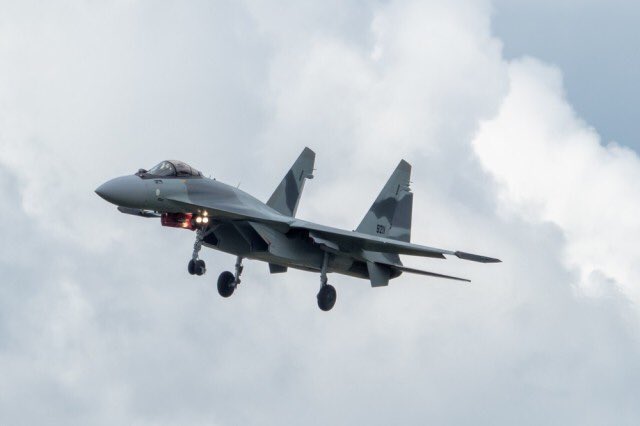
ahmedfire likes this post
 Re: Egyptian Air Force (EAF)
Re: Egyptian Air Force (EAF)Gomig-21 likes this post
 Re: Egyptian Air Force (EAF)
Re: Egyptian Air Force (EAF)medo, Isos and Gomig-21 like this post
 Re: Egyptian Air Force (EAF)
Re: Egyptian Air Force (EAF)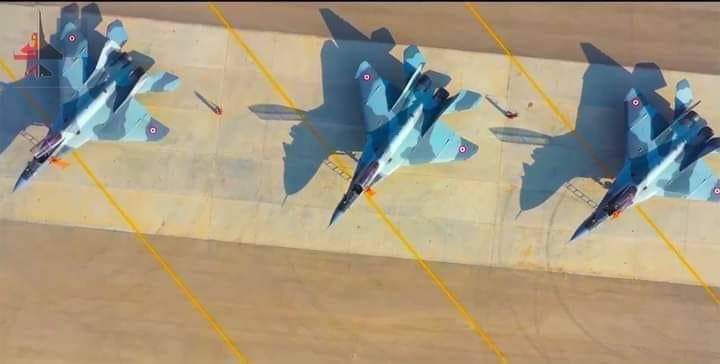


GarryB, ahmedfire, zepia and Isos like this post
 Re: Egyptian Air Force (EAF)
Re: Egyptian Air Force (EAF)This year the aircraft plant of the city of youth fulfilled the second foreign contract for this equipment, five aircraft were delivered to the Arab Republic of Egypt. Earlier, China received 24 such units.
https://todaykhv.ru/news/society/29995/?fbclid=IwAR2nWGuEvfgxVeIe5-JlIH6VGTO79TP8oTzZl6jDDQb7umxr4qN54nfQhII
GarryB and Gomig-21 like this post
 Re: Egyptian Air Force (EAF)
Re: Egyptian Air Force (EAF)Isos and Gomig-21 like this post
 Re: Egyptian Air Force (EAF)
Re: Egyptian Air Force (EAF)ahmedfire likes this post
 Re: Egyptian Air Force (EAF)
Re: Egyptian Air Force (EAF)Gomig-21 wrote:Looks like there is some truth to the SIPRI statistic that all 50 SCALPs were in fact delivered. Good news.
GarryB and Gomig-21 like this post
 Re: Egyptian Air Force (EAF)
Re: Egyptian Air Force (EAF)Gomig-21 wrote:Looks like there is some truth to the SIPRI statistic that all 50 SCALPs were in fact delivered. Good news.
 Re: Egyptian Air Force (EAF)
Re: Egyptian Air Force (EAF)ahmedfire wrote:Gomig-21 wrote:Looks like there is some truth to the SIPRI statistic that all 50 SCALPs were in fact delivered. Good news.
We will not repeat the F-16 restrictions again on any other aircraft .
 Re: Egyptian Air Force (EAF)
Re: Egyptian Air Force (EAF)Isos wrote:Gomig-21 wrote:Looks like there is some truth to the SIPRI statistic that all 50 SCALPs were in fact delivered. Good news.
Only 50 ? It's quite low. Other users have bought some 200-300.
With the Turkey crisis, Egypt should ask UAE to buy them another 100 so that its stock is full for the next 10 years.
It's a nice weapon to counter Israeli numerical advantage.
 Re: Egyptian Air Force (EAF)
Re: Egyptian Air Force (EAF) Re: Egyptian Air Force (EAF)
Re: Egyptian Air Force (EAF)Isos wrote:Not US but UK.
Well the best choice is kh-59mk2 for mig-29 and su-35. It'a russian analogue to Scalp. Russia will always sell them if there is the need for more.
In case of war I'm not sure french would sell them more if Israel/US ask not to.
 Re: Egyptian Air Force (EAF)
Re: Egyptian Air Force (EAF)Gomig-21 likes this post